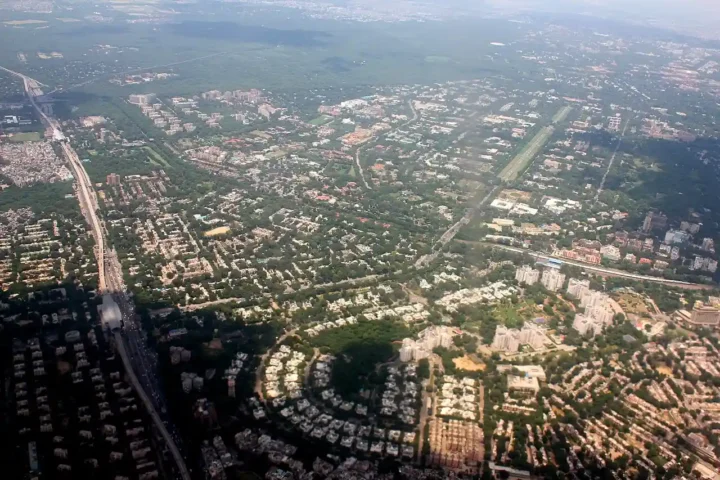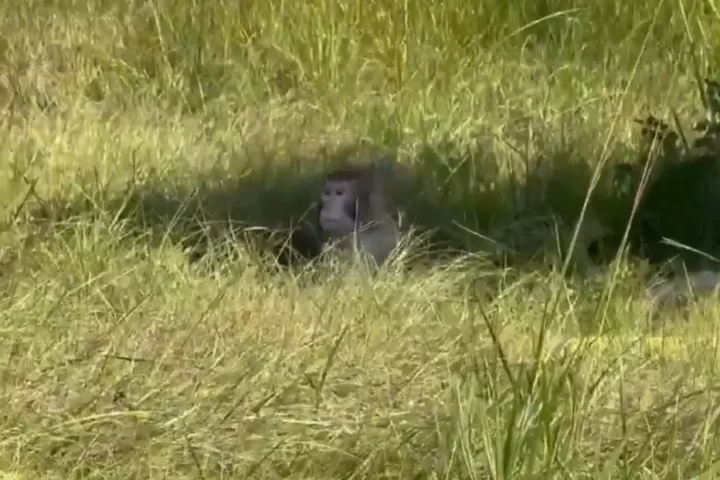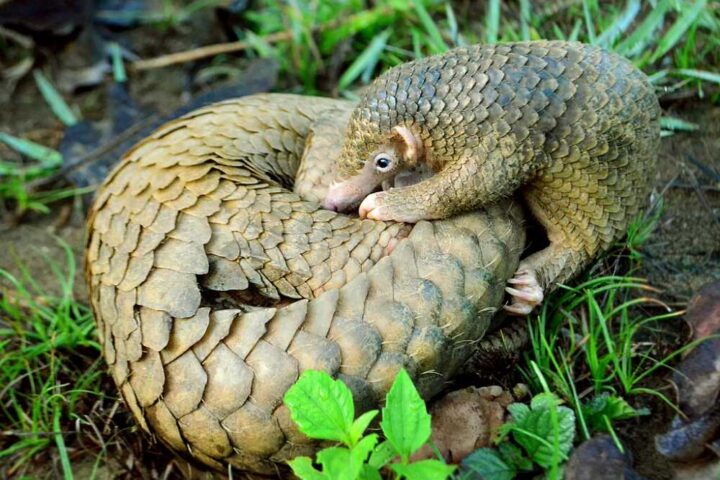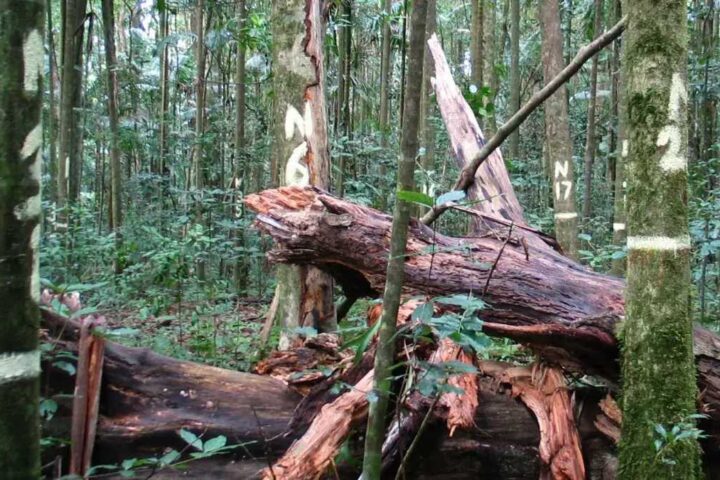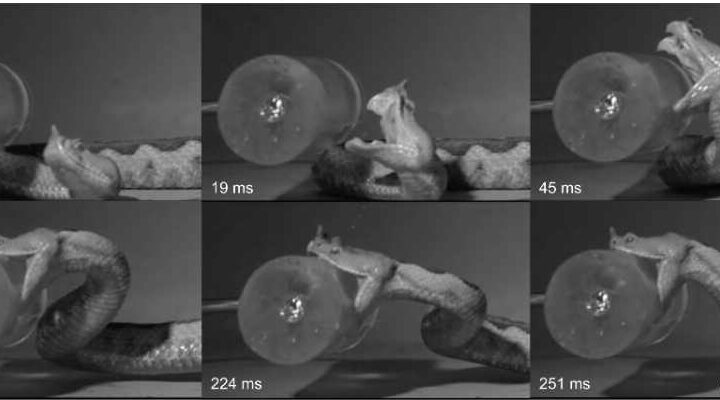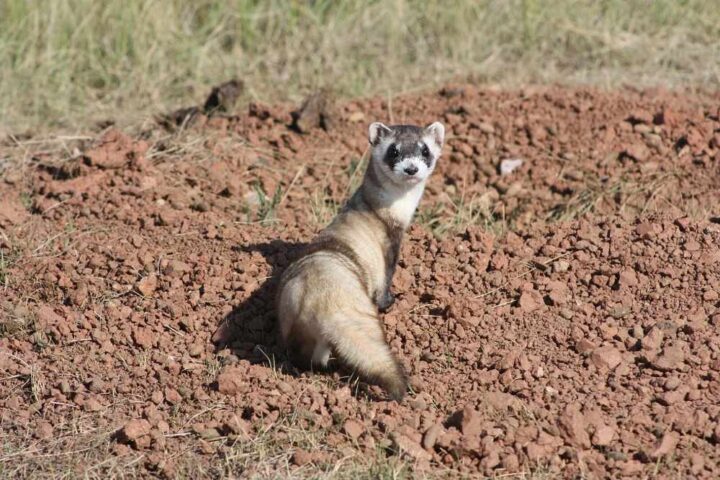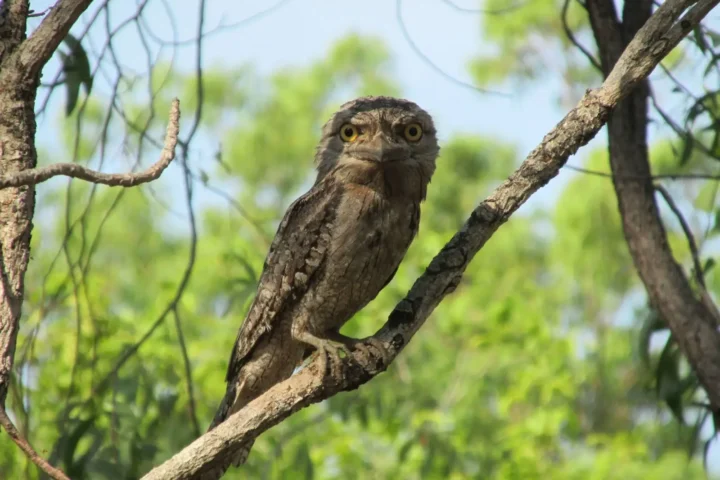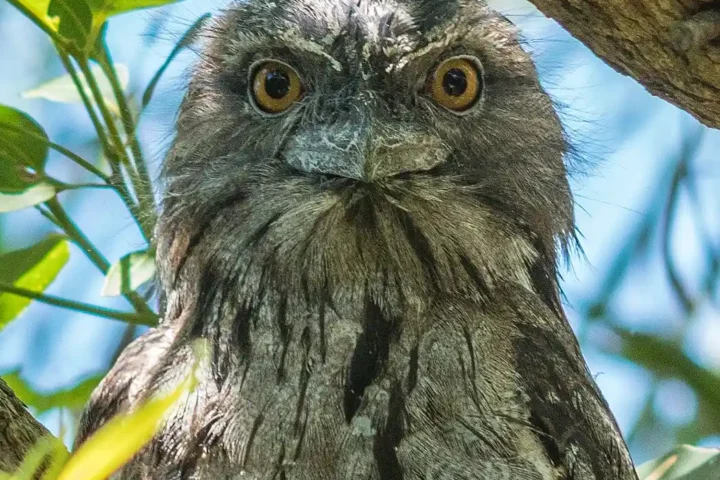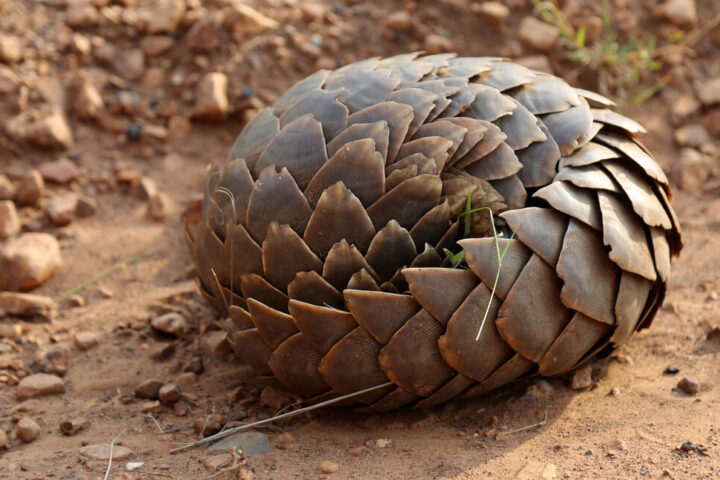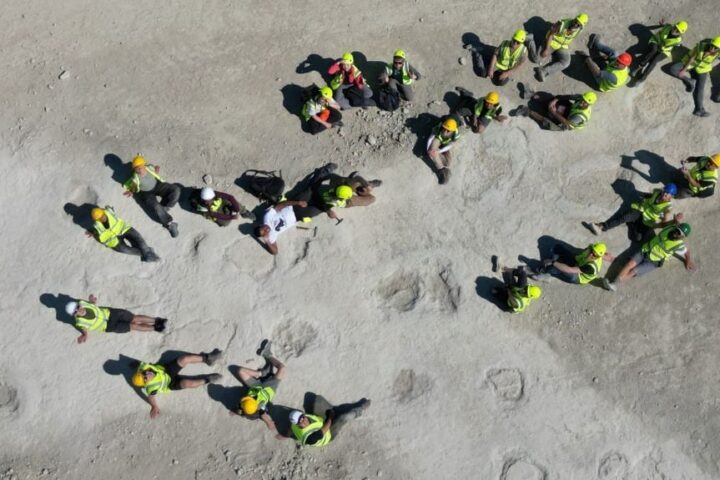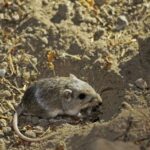Wildlife SOS undertook a Himalayan Brown bear survey in Kashmir to collect data on the species, revealing shocking facts. Some include instances of Himalayan Brown bear scavenging human garbage & more. The survey published was authorized by the J&K Wildlife Protection Department and took place between July 2021 and October 2021. It accounts significantly to conserving the Himalayan Brown bear.
Despite being a member of one of the oldest bear lineages, little is known about the Himalayan Brown bear. These bears have long escaped researchers since they live in the isolated alpine terrains of the Himalayan range in India, Pakistan, Afghanistan, China, and Nepal. What we know about this enigmatic organism is that anthropogenic influences gradually push it to extinction.
The study was conducted to analyze the anthropogenic strain on Brown bear habitat, to evaluate and mitigate Brown bear-human conflict, and to measure Brown bear dependency and habituation on rubbish dumps. The formal report, entitled “Himalayan Brown Bear (Ursus arctos isabellinus) Ecological and Human-Bear Conflict Investigation in with Special Reference to Bear Habituation to Garbage Dumps in the Central Wildlife Division” released recently.
The report’s results are ground-breaking for revealing not only the critical information on the Himalayan Brown bear but also the plight of Kashmir’s largest mammal. For the last two decades, the Himalayan Brown bear was an uncommon sight due to the inaccessible area it occupied. Brown bears, on the other hand, have recently become more visible to humans when they descend into lower altitudes in quest of food.
The important revelation of the report is that Himalayan Brown bears, like their counterparts in Yellowstone National Park, are raiding garbage and growing acclimated to it. The Wildlife SOS team thoroughly investigated the nutrition of the Brown bear. This was accomplished by examining the scats of 408 Brown bears, which revealed that 86 bears excreted plastic carry bags, milk powder, and chocolate wrappers. Glass shards were even found in several scats. Reportedly 75% Brown bears will scavenge garbage rather than eating crops or hunting preys.
The data on Brown bears were gathered using video tapes. According to 20,627 camera footages almost 9,131 showed terrifying scenes of Brown bears scavenging for food at dumping areas. They have been ingesting high calorie human food found inside of the garbage dumps.
The Wildlife SOS team recognized hotspots sites in Sonmarg and Amarnath Camp, the famous tourist destination sites where bears scavenge garbage for food. Consuming human food from the trash can be hazardous to the Brown bear’s gastric intestinal anatomy, causing serious illnesses and limiting their life expectancy. Along with Brown bears other species like marmots and the elusive Asian ibex were observed to be consuming human trash. This kind of feeding behavior of the Himalayan Brown bears have increased due to a massive amount of habitat loss due to global warming, climate change, and human intervention in the forest.
Sheperds taking their livestock to higher up in the mountain to graze in the area where these bears reside. According to the Wildlife SOS research team’s interview of the key stakeholders, including shepherds almost 83% of grazers were located above 3,000-4,000 meters, a height where Brown bears and Snow leopards live. This has effectively threatened the natural habitat of animals and created conflict. As a result, between 2020 and 2021, 56 flock shepherds were killed by Brown bears. The Wildlife SOS team observed that almost 193 people were identified as having been directly or indirectly harmed by the human-Brown bear conflict in the Kashmir region’s Central Wildlife Division. The frequency, date, and time of these attacks were all noted by the team. This data, coupled with direct observation data, was used to map the intensity status of the human-bear interface using Google Earth and QGIS (Quantum Geographic Information System).
Many developmental and construction projects are contributing to adverse effect in the conflict such as a proposed township project between Sonmarg and Baltal was identified as a potential threat to Brown bears because it would mostly occupy their prime habitat. As the result the government tunnel routes between Srinagar to Leh, so that it can mitigate Brown bear conflict. Furthermore, highways here divide the habitats of numerous wildlife species. The tunnels will aim to reduce human-animal on road interaction.
The study also discovered previously undisclosed facts about Himalayan Brown bears. Random encounter model and camera traps help to determine the bear density at Thajwas Wildlife Sanctuary which was estimated to be 1.5/km2. Bear indications, such as scats, tracks, and feeding signals, were discovered at a rate of 0.12/km, with signs documented only in the North-Western (Sarbal) and Eastern (Amarnath) regions.
The Wildlife SOS team and the J&K Development Authority and the Tourism Board suggested a waste disposal management, by taking the garbage dumps far away from human settlement and guarding its perimeter with chain link mesh. They are also planning to provide bear-proof garbage bin.
The study for this ground-breaking report would not have been possible without the assistance of the Wildlife Protection Department, which aided Wildlife SOS at every step of the way. The survey has increased the likelihood of peaceful coexistence with Kashmir’s largest mammal, the Himalayan Brown bear.



